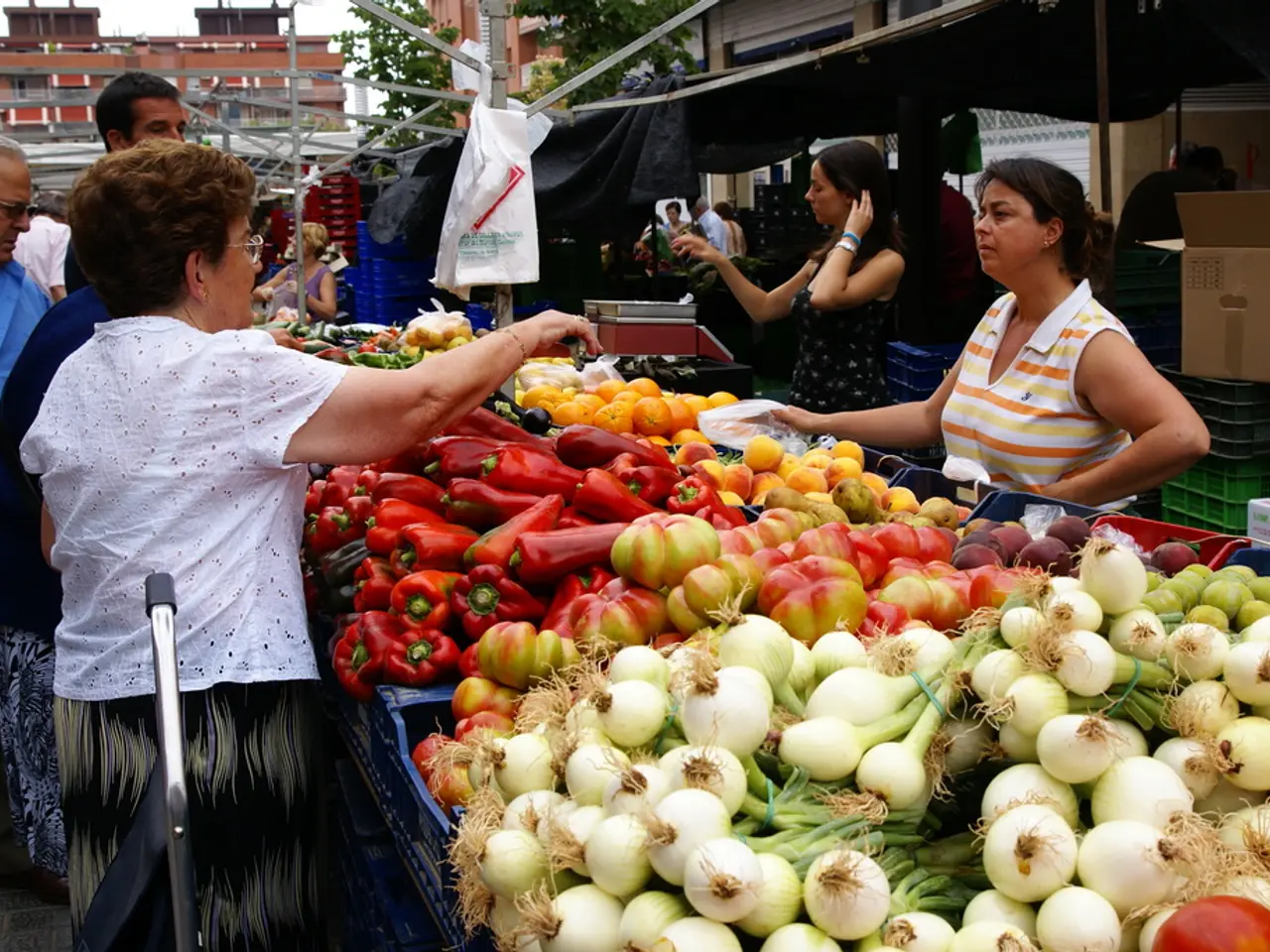Plastic waste dilemma: Majority of recycled plastic remains unused garbage
In the face of mounting plastic pollution, the world is grappling with the complexities of recycling and the need for urgent action. Only 1% of plastic has been recycled twice, and without intervention, plastic waste will continue to pollute rivers and oceans, threatening life and preventing a sustainable future.
The number of additives used in the past decade has increased drastically, making recycling even more challenging. Some plastics are custom formulated with additives that make them more flexible, stronger, or cheaper to produce. However, these additives can be hazardous to both human health and the environment, and can leach out during recycling or use in recycled products.
The main challenges in recycling plastic include complexity of plastic materials, contamination, low recycling infrastructure, price competitiveness, and lack of standardization across recycling systems. These challenges limit effective recycling and exacerbate plastic pollution.
Plastics are made from different resin codes (#1–#7) with varying chemical compositions and thermal properties. Mixing incompatible plastics, such as PET and PVC, severely degrades recycled material quality. Multi-material packaging, making up ~15% of plastic packaging waste, has nearly 0% recycling rate due to this incompatibility.
Food residues, adhesives, non-recyclable labels, and even minimal PVC contamination in PET streams can render batches unusable for food-grade recycling, reducing recycling efficiency significantly.
Many countries lack advanced Material Recovery Facilities (MRFs) able to handle flexible films, polystyrene, and multi-layer laminates. This is more pronounced in emerging markets with informal waste collection systems.
The low cost of virgin fossil fuel-based plastics compared to recycled alternatives makes recycling less economically competitive. Recycled plastic prices fluctuate with crude oil prices, causing market volatility that discourages investment in recycling.
Different municipalities accept different materials, causing inconsistent recycling practices and high contamination rates.
These challenges result in only about 9% of the world’s plastic being recycled as of 2022, while the majority ends up in landfills, gets incinerated (which creates toxic emissions), or leaks into the environment, causing widespread pollution and biodiversity loss.
However, there are ways to address these challenges. Smarter product design, building and expanding infrastructure, standardizing recycling systems, policy support and economic incentives, and improving sorting and contamination control can all contribute to a more effective recycling system.
Designing plastics and packaging for easier recyclability by reducing complexity, using fewer colors, and minimizing multi-material components can improve recycling rates. Developing collection, sorting, and recycling facilities to handle a wider range of plastics ensures more waste can enter the recycling stream, especially in underserved communities.
Harmonizing recycling guidelines and accepted materials across municipalities to reduce consumer confusion and contamination is also crucial. Implementing regulations and financial incentives to make recycled plastics more competitive against virgin polymers and encourage investment in recycling technology is another key step.
Advances in sorting technology and better consumer education to reduce contamination in recycling bins are also important.
Addressing these factors would reduce plastic pollution by enabling more effective reuse of plastic materials, decreasing plastic waste ending up in the environment, and lowering reliance on fossil fuel-based virgin plastics. However, experts emphasize that recycling alone cannot solve plastic pollution; systemic changes including reducing plastic production and consumption are also necessary.
The latest round of UN Plastic Treaty negotiations offers a historic chance to tackle plastic pollution and recycling issues. Negotiations to curb plastic waste are due to resume next year. The fossil fuel industry is holding firm against effective regulation to tackle the plastic crisis, but the pressure is mounting for change.
Greenpeace is calling for a 75% reduction in plastic production by 2040. In Indonesia, around 6.8 million tons of plastic waste are produced annually, with around 620,000 tons ending up in the ocean. The plastic crisis requires bold political decisions and a global rethink.
Veena Sahajwalla, a materials scientist at the University of New South Wales in Australia, is pioneering 'microfactories' that transform mixed plastic waste into high-value materials. These microfactories use recycled plastic to create plastic filaments, which are then fed into a 3D printer for remanufacturing.
Without action, plastic will continue to pollute rivers and oceans, threatening life and preventing a sustainable future. It's time for bold political decisions and a global rethink to tackle the plastic crisis and pave the way for a sustainable future.
- Even though the world is grappling with the complexities of plastic recycling and urgently needs action, the number of additives used in plastics over the past decade has increased, making recycling even more challenging.
- Some plastics are custom formulated with additives that enhance their properties, but these additives can be hazardous to both human health and the environment and can leach out during recycling or use in recycled products.
- The main challenges in recycling plastic include the complexity of plastic materials, contamination, low recycling infrastructure, price competitiveness, and lack of standardization across recycling systems.
- Plastics are made from different resin codes with varying chemical compositions and thermal properties, and mixing incompatible plastics severely degrades recycled material quality.
- Food residues, adhesives, non-recyclable labels, and even minute PVC contamination in PET streams can render batches unusable for food-grade recycling, drastically reducing recycling efficiency.
- Many countries lack advanced Material Recovery Facilities, which are vital for handling flexible films, polystyrene, and multi-layer laminates, especially in emerging markets with informal waste collection systems.
- The low cost of virgin fossil fuel-based plastics compared to recycled alternatives makes recycling less economically competitive, and recycled plastic prices fluctuate with crude oil prices, causing market volatility that discourages investment in recycling.
- Despite these challenges, there are ways to address them, such as designing plastics for easier recyclability, building and expanding infrastructure, standardizing recycling systems, promoting policy support, and improving sorting and contamination control.




